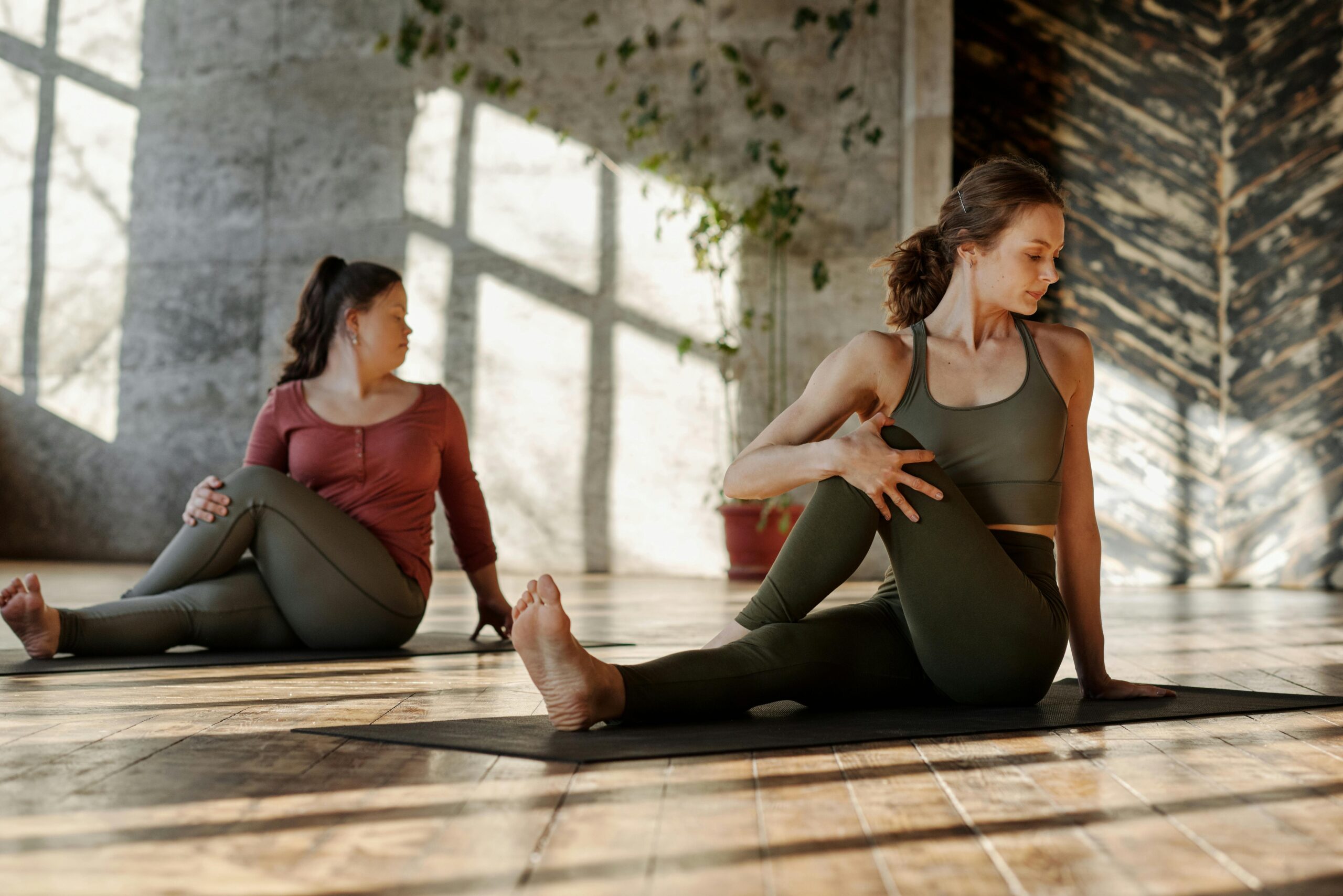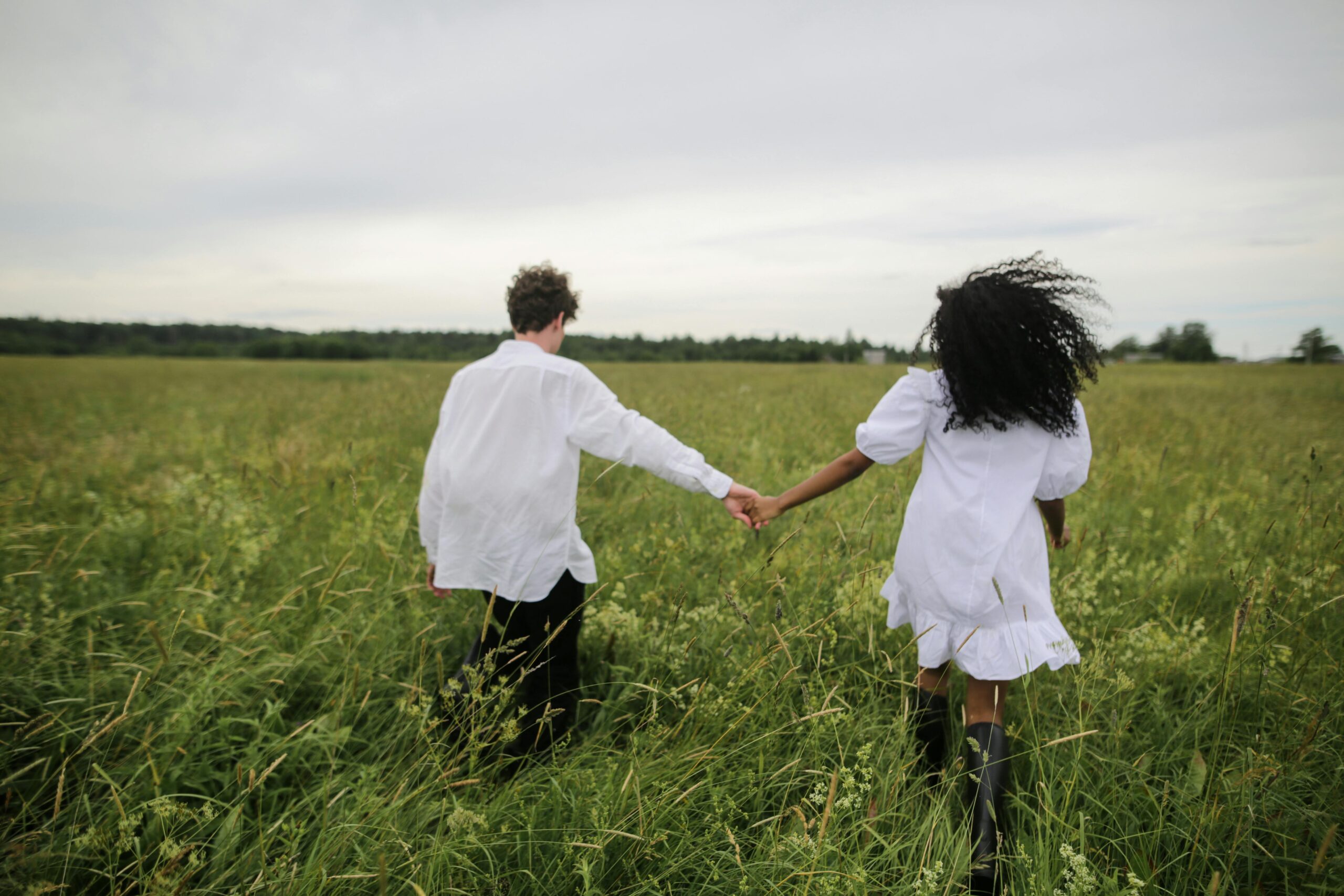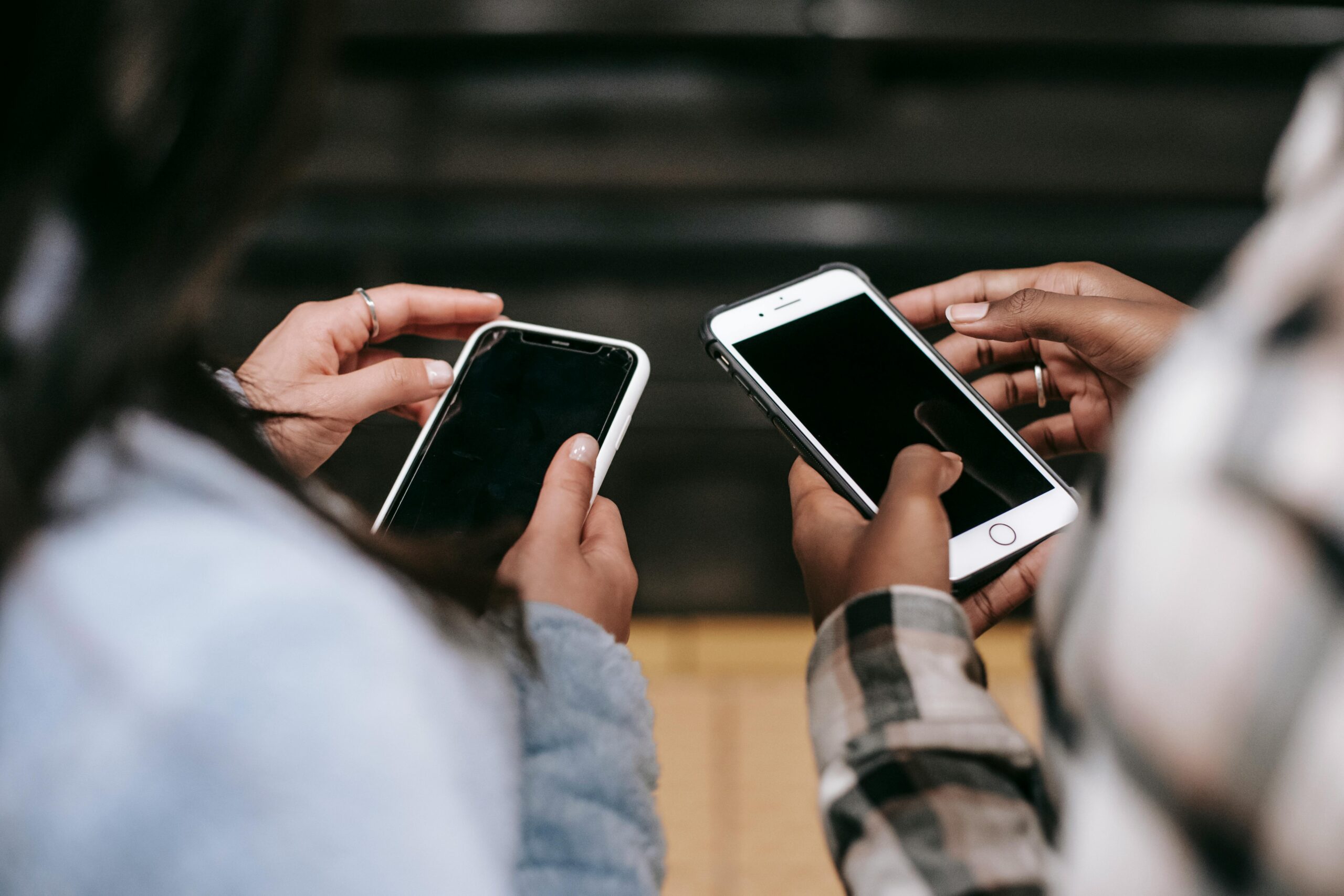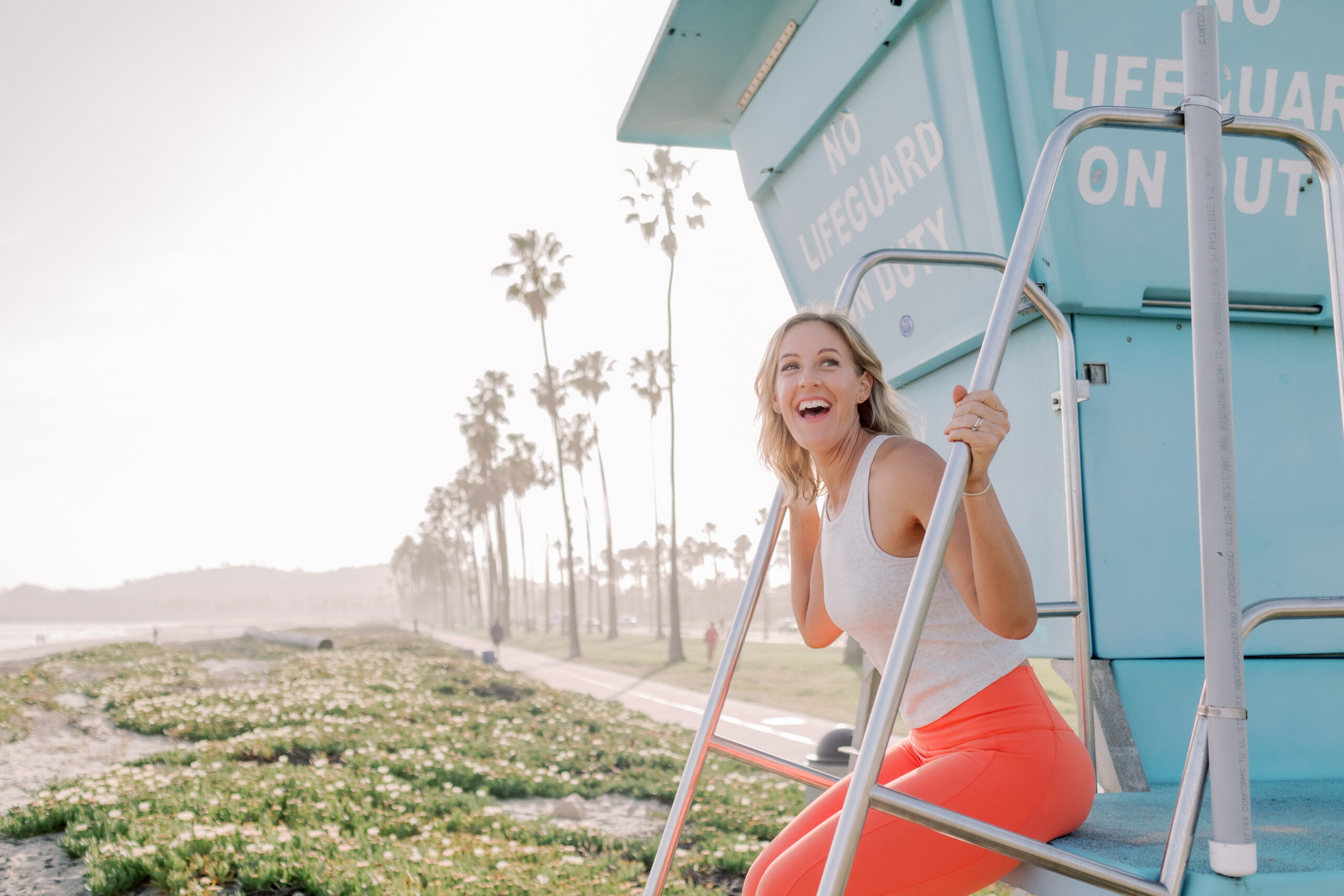
The following is an excerpt from Dr. Alicia Blando’s memoir ‘Open for Interpretation: A Doctor’s Journey into Astrology’ (She Writes Press, June 27th 2023).
Dr. Alicia Blando learned during the early days of the HIV epidemic that American medical practices fail to holistically support patients. Seeing a gap in medical care, Dr. Blando started seeking advice from unconventional counselors, such as psychics and mediums, as well as learning from indigenous healers. ‘Open for Interpretation’ follows Dr. Blando’s self-discovery journey through her astrological chart and demonstrates how readers can apply this ancient practice to their own path to self discovery.
In conjunction with Western medicine, Dr. Blando believes that the tenets of astrology can support a person’s health, wellbeing, and self-understanding, and can even offer insight into predispositions for certain diseases and illnesses. Dr. Blando takes readers on her pursuit of life’s age-old question, “Am I walking the right path?” She travels from Manhattan to the Peruvian Amazon, Belize, and Bolivia, and learns about time-proven, holistic methods of healing. In her stunning memoir, she shares her story of finally finding the guide she’s been seeking—and explains how we can all use that map to access our higher selves and untapped potential.
It was 1989 and I didn’t know what I was getting into.
When I arrived in New York City, AIDS was on the rise and my Midwestern medical school, Indiana University (IU), had provided little experience in dealing with the virus. By the time I graduated, IU had treated only one known HIV case, a woman who had just delivered a baby. I had no contact with her. She was kept in isolation on the gynecology ward, and only the attending physicians treated her. From then on, the use of gloves became mandatory even for minor procedures like drawing blood for tests. Before, I
never thought twice about getting blood on my hands.
Medical programs in the big cities were high-risk settings for the rapid spread of infection due to the high concentration of people. They had difficulty recruiting United States–trained graduates. We had a choice, and most of us opted to practice in areas with less exposure to the virus. Cuts, infections, and accidentally getting stuck with needles were once occupational hazards for the healthcare community; now they were potential death sentences.
My criteria for choosing a big city were simple. I didn’t want to compete for a postgraduate intern position, and, when not working, I wanted to enjoy myself. The internal medicine program in Brooklyn readily accepted me. In 1989, New York State had adopted the Bell Commission’s recommendations that physicians-in-training could not work more than twenty-four consecutive hours, or more than eighty hours per week. The commission’s conclusions were made following the investigation into the death of Libby Zion, who was under the care of residents and interns believed to be overworked. This landmark case recommended guidelines that initiated regulatory reform in physician training. How lucky was I to fall under this jurisdiction?
However, in the job interview at the Brooklyn Medical Center, the administrators made sure that the residents knew their institution didn’t adhere tightly to the Bell Commission’s recommendations. The guidelines weren’t law. Trainees needed to follow their patients through the acute clinical course. Continuity of care was the catchphrase bandied about to justify unpaid overtime. To enrich the clinical experience, working hours would not be arbitrarily limited. Interns and residents would go home when done with their work. I agreed to that provision and also consented to night duty every third working day.
At work, I ran around like a racehorse with blinders, targeting my finish line, my to-do list, organized at the beginning of every shift. I sprinted to complete my scheduled duties since unpredictable obligations always came up as the day progressed. New patients were admitted. Families wanted information. Patients died.
One Thursday, at the start of my twenty-four-hour shift at 7 a.m., I received a list of tasks to be completed from the outgoing house physician. He then told me some shocking news about Bill, one of our colleagues, a Vietnam veteran who became a doctor after the war.
Bill Arnaught was six foot five, a full foot and four inches taller than me, and twenty years older. He had a prominent hawk-like nose overlooking his scraggly mustache. His shoulder-length salt-and-pepper locks made up for his receding hairline. With his less than lily-white lab coat, he was the epitome of an overworked but competent doc. His barrel-like frame was both commanding and congenial. He exuded
the message: You can trust me. I know what I’m doing.
Bill represented a distortion of the ideal physician, who had well-kept features, always wearing a crisp, white lab coat, and who spoke with a polite, soothing manner. He was a caricature, but I considered him a medical deity. He reached a status I strived for. So much always happened in one day, but that Thursday was the day I started doubting my choice to become a doctor. I could deal with the stress of being in the middle of an HIV plague. Doctors dealt with overcoming disease. I learned to treat patients. I got used to working twenty-four-hour shifts. It was my image of doctors that was being challenged. Bill Arnaught impersonated a doctor, and he did it with more confidence than I did. Did I belong here?
In my free time, I would walk around the streets of Manhattan, people-watching and getting familiar with my surroundings. My favorite place to wander was on Eight Street, more commonly known as St. Mark’s Place. People walked by and scenes flashed, accompanied by a cacophony of sounds from motor vehicles, all unobtrusive to me, like white noise. This steady stream of detail blurred and masked unimportant thoughts, allowing contemplation.
I had doubts about my life’s direction. Being able to wear a crisp, white lab coat with my stethoscope necklace didn’t stop the self-doubt. I wondered if being reliable and hardworking was good enough to be called a doctor?
I looked around for the fortune-telling storefronts and the palm readers with their temporary sidewalk offices that I had observed many times before, but never seriously considered consulting, until now. Had my younger self been arrogant thinking that just because I was smart and had the ability to go to medical school, I could do the work? Was it too late to change direction? This was where I would look for answers.
New York City with its diversity of counselors established in makeshift street offices was where I pursued my curiosity to look for advice in unconventional places. After seven years of post-graduate training, moving to establish a medical practice, and intermittent consultation with tarot card readers, numerologists, psychics, and mediums, I gravitated toward astrology since it had rules and the science regarding planetary motion was hard to manipulate. I felt comfortable with the guidance of directives. I was convinced that there was truth to the practice as it had survived thousands of years in different forms in many countries.
The study of astrology has guided me well. When I first started studying astrology, it gave me another perspective to view myself beyond the society’s traditional standards for women. I saw my strengths more objectively and was comfortable with choices I’d made to pursue my interests in learning and traveling. I was less anxious when my friends and family chided me for not settling down with a home and family, telling me that my biological clock was ticking. I deflected some of my colleagues’ and friends’ opinions that I was flaky for flying off to study with Indigenous healers and believing in astrology.
They would tell me, “You’re already a doctor. What more do you want?”
With confidence, I pursued my curiosity to learn more about how people got information from nontraditional communication. I traveled to learn and experience different types of healing techniques. My chart confirmed what I knew: with hard work, I could take care of myself while investigating my ongoing interests. I followed the path of a doctor who is also an explorer of sorts.


Dr. Alicia Blando trained and practiced in the medical specialty of physical medicine & rehabilitation. While working as a physician, she became interested in how indigenous healers diagnosed and treated their patients without the technology present in modern medicine. This curiosity was supported by what she learned about herself through the study of astrology. As a Western physician who has followed the tenets of astrology in her life, she believes that the practice of astrology can function as an adjunct method to study many aspects of life, including the tendencies for certain disease processes. Dr. Blando works as a medical consultant. She currently resides in Las Vegas, Nevada. Find out more about her at aliciablando.com.
















